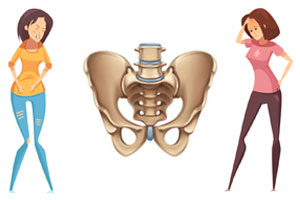pelvic floor dyssynergia causes
Speak With Our Pelvic Health Specialist About Pelvic Floor Syndrome. Behaviour disorder - A habit of bad posture and ineffective behaviour when on the toilet.
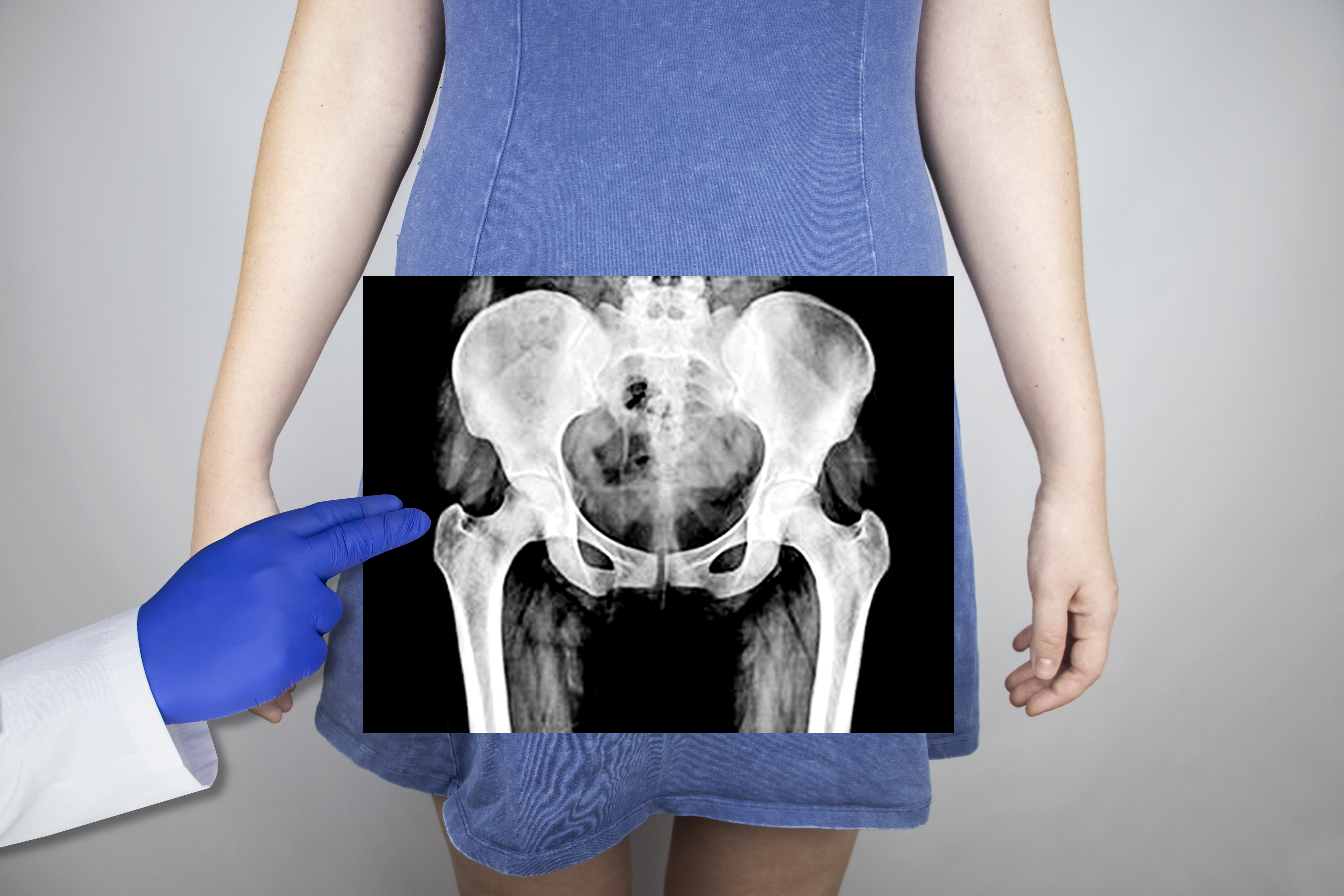
What Is Pelvic Floor Dyssynergia Advanced Gynecology
A paradoxical contraction is when the pelvic floor muscles.

. Anismus or dyssynergic defecation is the failure of normal relaxation of pelvic floor muscles during attempted defecation. Therefore red light therapy can be helpful in regenerating the nervous system and repairing the signaling pathways. The pelvic floor muscles.
Sacral nerve stimulation damage to the sacral and pudendal nerves can cause them to send signals to the pelvic floor muscles that cause pelvic floor dyssynergia. Dyssynergic defecation also known as pelvic floor dyssynergia contributes to a failure of appropriate relaxation of the puborectal muscle during straining or even its pathological contraction which intensifies the flap-valve reaction of the anorectal angle and resulting in an obstruction to the onward stool passage. Prostatitis can have many causes including bacteria sexually transmitted infections or trauma to the nervous system.
One of the most common causes of constipation is when the muscles of the rectum andor pelvic floor are not working properly when attempting to pass stool during a bowel movement. Excessive straining when having a bowel movement. So when on the toilet the pelvic floor muscles are creating a serious kink on the rectum and its very difficult to push the bowel motion out without straining pain or causing anal fissures little tears in the anus.
Less than three bowel movements per week. The pelvic floor is composed of a group of muscles that span the underlying. An example of anorectal dysfunction that can contribute to constipation is a condition called Pelvic Floor Dyssynergia also referred to as anismus.
The physiological mechanisms of DD include inability to coordinate abdominal rectoanal and pelvic floor muscles during defecation because of causes such as. What Causes Pelvic Floor Dyssynergia. Learn More About Your Treatment Options.
This condition is referred to as dyssynergic defecation. In constipation the pelvic floor muscles are tight and overactive and do not know how to relax. Pelvic floor dyssynergia and pelvic floor dysfunction are caused by impaired relaxation of the external anal sphincter impaired relaxation of the puborectalis muscle or decreased propulsion of.
9 A study showed that patients with inadequate defecatory propulsion or who cannot appropriately increase propulsive forces with or without contraction or less than 20 relaxation of anal sphincter. Causes are generally unknown but possible factors include pregnancy and childbirth a history of passing hard or painful stool and psychological factors including a history of abuse. Biofeedback remains a morbidity free low-cost and effective outpatient therapy for well-motivated patients complaining of functional constipation and.
Sexual abuse - If a. While exact causes are still being researched doctors can link pelvic floor dysfunction to conditions or events that weaken the pelvic muscles or tear connective tissue. It can be due to mistakes made.
How to Fix Pelvic Floor Dyssynergia. Chronic straining - If you are frequently constipated you will find yourself straining each time you have a bowel. Using your fingers to help you have a.
Inadequate rectal andor abdominal propulsive force Impaired anal relaxation or. Often times a paradoxical contraction may occur when attempting to relax the pelvic floor muscles further inhibiting bowel function and emptying. Ad Do You Have Pelvic Floor Muscle Hypertonia.
Defecation Dyssynergia is most commonly due to the inability of the pelvic floor or anal sphincter muscles to relax during defecation. It can be caused by physical defects or it can occur for other reasons or unknown reasons. Alerts and Notices Synopsis Pelvic floor dyssynergia refers to an acquired condition where due to chronic constipation the abdominal and pelvic floor muscles are no longer able to coordinate to affect a bowel movementThis happens due to the abdominal muscles distending while the pelvic floor muscles are contracting or are unable to be relaxed.
Anal sphincter dyssynergia also known as pelvic floor dyssynergia is the weakening of the pelvic floor or sphincters in the anus. In the final multivariate models after controlling for BMI the number of Rome II symptoms of pelvic floor dyssynergia ie having to strain to pass a stool feeling unable to empty the rectum and having difficulty relaxing to evacuate the stool was a significant predictor of both abdominal distension p 0001 and bloating p 0005. Pelvic floor dysfunction symptoms closely resemble prostatitis which is an infection or inflammation of the prostate a male reproductive gland.
The pelvic floor are the muscles that attach to the pelvis in the abdomen. The current diagnostic criteria Rome III includes inadequate defecatory propulsion as another cause of a defecation disorder besides dyssynergic defecaton. Other names for this condition include anismus pelvic floor dysfunction paradoxical puborectalis dysfunction anorectal muscle.
What causes pelvic floor dyssynergia. It is marked by the failure of pelvic floor muscles to relax or a paradoxical contraction of the pelvic floor muscles with defecation. A condition with similar symptoms but different causes is Pseudodyssynergia.
It can occur in both children and adults and in both men and women. Anismus that has a behavioral cause could be viewed as having similarities with. Symptoms of pelvic floor dyssynergia include.
Pain in your lower back. Failure of the pelvic floor and anal muscles to relax during straining pelvic floor dyssynergia seems to be the commonest cause of obstructed defecation Biofeedback to teach patients to inhibit this paradoxical behaviour has been proposed as an effective treatment.

Constipation And Pelvic Floor Dyssynergia What Do They Have In Common The Pelvic Expert

Pelvic Floor Dysfunction A Treatment Update Page 4

Pelvic Floor Disorders Pelvic Girdle Pain And Symphysis Pubis Dysfunction Following Sports Injury Caring Medical Florida
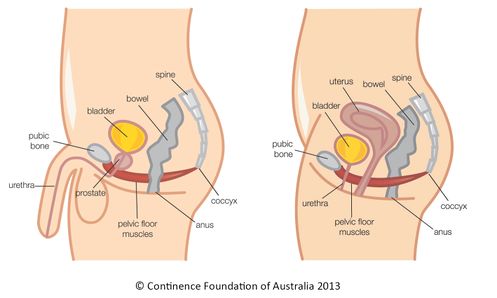
Pelvic Floor Dysfunction Physiopedia

Constipation And Pelvic Floor Dyssynergia What Do They Have In Common The Pelvic Expert
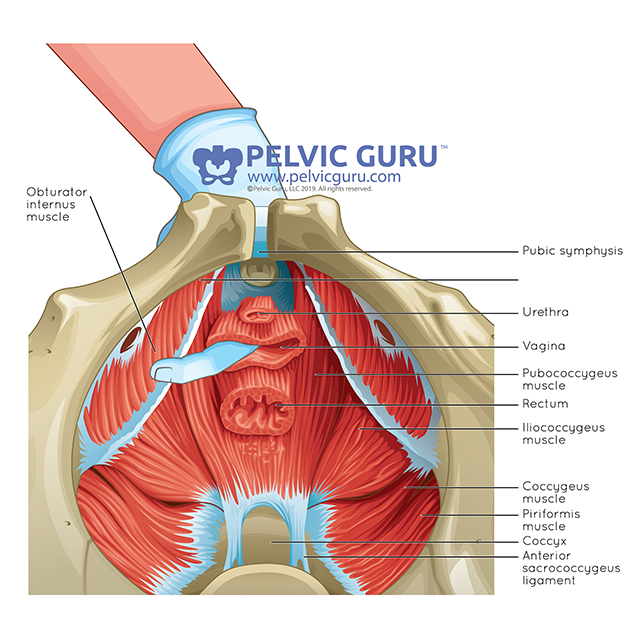
Hypertonic Pelvic Floor Causes Symptoms And Exercises For It Dr Amruta Inamdar Pelvic Floor Physical Therapy

Dyssynergia An Overview Sciencedirect Topics
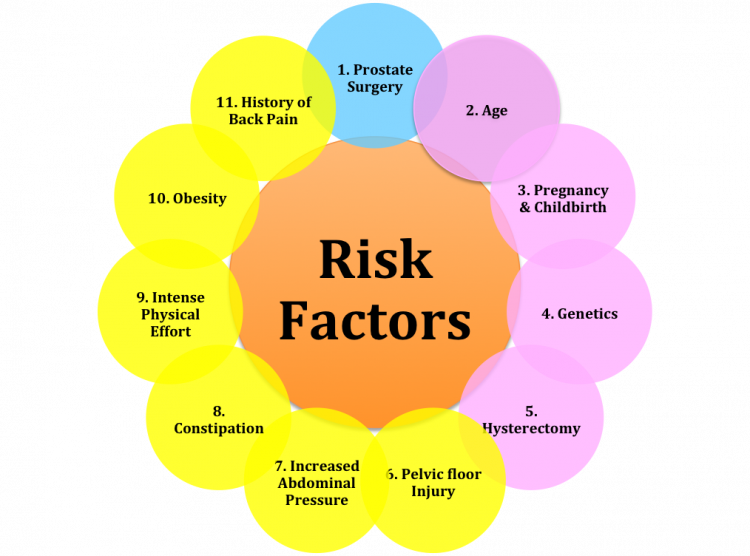
Pelvic Floor Dysfunction Physiopedia
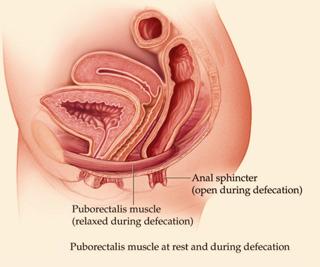
Anismus Pamela Morrison Pelvic Pain Physical Therapist P C
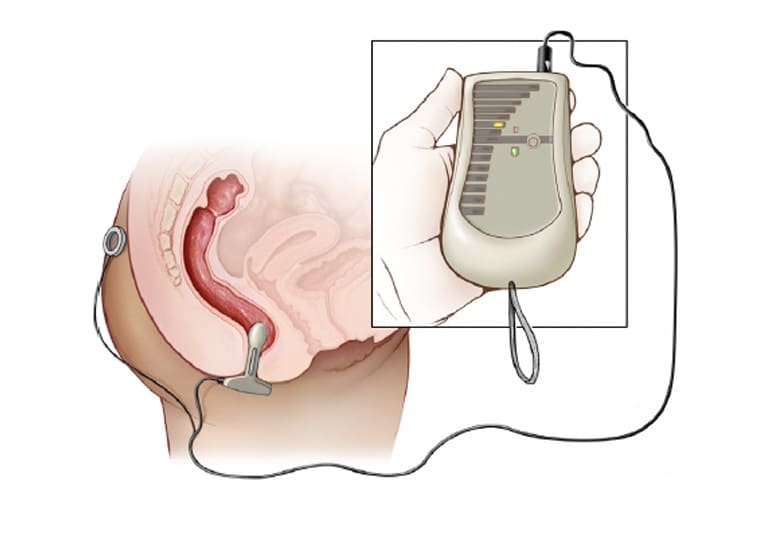
Unique Intensive Curriculum Helps Patients Retrain Pelvic Floor Muscles Mayo Clinic

Dyssynergic Defecation Youtube

Pdf Systematic Review The Role Of Pelvic Floor Muscles Dysfunction In Constipation Semantic Scholar
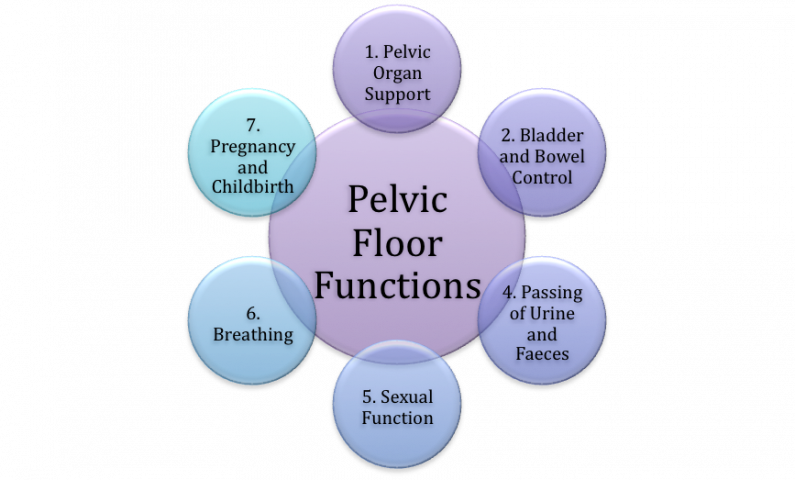
Pelvic Floor Dysfunction Physiopedia

Pelvic Floor Dysfunction Gastrointestinal Society
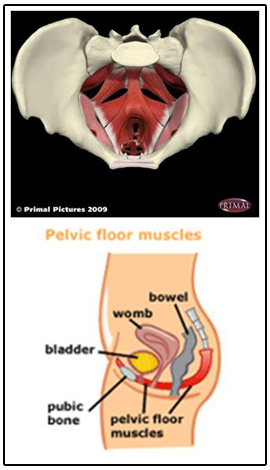
Pelvic Floor Muscle Dysfunction Pfmd Pamela Morrison Pelvic Pain Physical Therapist P C

Constipation And Pelvic Floor Dyssynergia What Do They Have In Common The Pelvic Expert

Why Your Pelvic Floor May Be The Cause Of Your Digestive Problems

